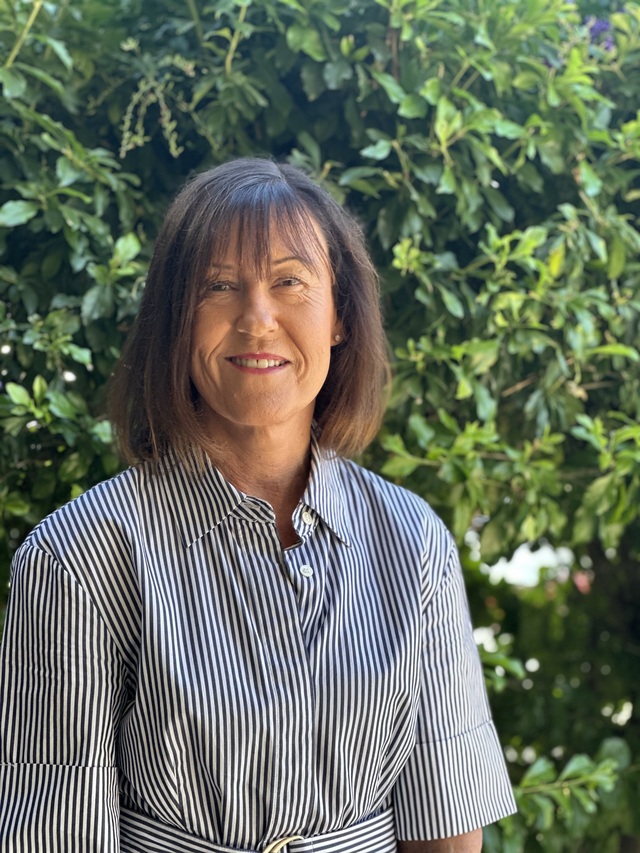Last month the nation’s early childhood ministers met to rush through child safety reforms, ignoring a key recommendation. But anyone who thinks increasing the number of eyes on children can make a system less safe, has clearly never had any.
Can you remember what a day at home with very young children is like?
Being woken up too early (with crying), going to the toilet with the door open (or more crying), no time for a shower, being vomited on, no clothes clean, dishes in the sink, toys under your feet and an endless circling loop of Wiggles music coming from the TV?
Is there any chance you could possibly forget how one meal or bath or story can seamlessly blend into the next, robbing you of any time at all to take a breath or a rest?
Do you understand that a trip to the shops can present a major logistical nightmare and, if ill-timed, can run the risk of a mid-morning nap being missed, cruelly snatching away any time you might have had for dishes, washing or picking up toys?
Anyone who has had days like this – who remembers constantly checking the clock, counting the minutes till their partner got home to help – will understand just how much it means to be able to share the load… and the potential impact on child safety.
In recent months, the operating practices of childcare services have featured heavily in our news cycles, unfortunately for all the wrong reasons.
There are clearly many problems in the sector, and SA is not immune from these.
But as safety reforms are implemented nationwide, we must be careful these do not set back other improvements.
Late last year, 23 councils across the north and west of SA formed a project to highlight that the federal electorate of Grey (covering 92 per cent of our state) is Australia’s worst childcare desert.
That means there are more than three children for each childcare place.
This has an enormous impact on families, employers and communities in our regions, and is a major contributor to workforce shortages.
As a mother of six children who successfully ran a small business for 35 years, I know from experience that life would have been fairer, more rewarding and more productive with accessible childcare.
While the viability of childcare services in regional areas may be a complex problem, the councils have identified, and are advocating for, one simple solution.
Family Day Care is a model whereby individual educators can look after a maximum of seven children in their home or other venue (with a maximum of four children under the age of five) and families can receive help with the cost through the childcare subsidy.
In regional areas, Family Day Care is hugely important in making childcare accessible, as there are often no (or very limited) other options.
At present, a maximum of one educator can look after seven children in a single venue, but councils want to see this increase (in regional areas) to two educators looking after up to 14 children.
Again, each educator could only look after up to four children under school age, meaning the ratio of educators to children would not change.
Councils want this reform for two reasons, but before exploring these, it is worth noting that this is not a crazy, desperate solution councils have pulled from thin air.
Acceptance of the ‘dual educator model’ was recommended by the Productivity Commission Inquiry itself (2024) and also by SA’s Royal Commission (2023).
This proposed rule change has been reviewed and recommended by all the policy and economic experts in this space, yet it has not progressed.
Let’s go back to the councils’ reasons for wanting the change.
Firstly, this reform would make it worthwhile for councils in smaller communities to invest in purpose-built facilities, meaning educators would not have to run their business from their home.
For councils, this may be as cost-effective as fitting out a community or church hall, a simple action councils could take to help make the service viable.
Secondly, and remembering my colourful description of how pleasurable and satisfying looking after young children is on your own, it would have the added benefit of allowing educators to share the load.
Funnily enough, councils seem to think this might make it easier to attract educators into this sub-sector.
So my question is, how could anyone think allowing the dual educator model might be a bad thing?
The incident at the heart of the current childcare safety reforms stemmed from one adult being allowed to spend time alone with children without any other supervision.
In a Family Day Care setting, educators are required to look after multiple children on their own on a daily basis, and we must recognise that this is difficult and draining work.
Communities with experience trying to recruit a Family Day Care educator might argue this is one of the reasons why it’s difficult to find anyone who wants to do it.
It is hard enough to look after your own children by yourself, let alone someone else’s.
The politicians have said this change will not be made right now because the focus is on safety, not access.
But if you are already implementing sweeping reforms, wouldn’t it make sense to include this change and improve safety and access for communities?
Politicians need to stop taking such a narrow view of safety issues and think back to their own experiences.
Anyone who has looked after very young children on their own will know the more eyes there are supervising – and the more hands to share the load – the better.
Jo-Anne Quigley is Lower Eyre Council mayor and spokesperson for the Regional Childcare Desert Advocacy Project

